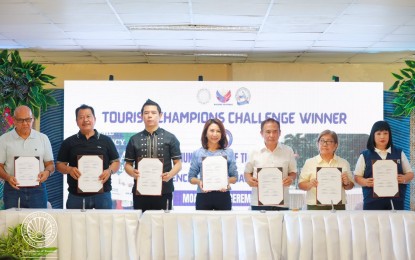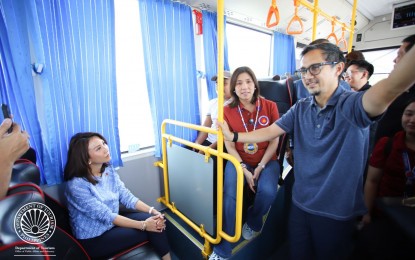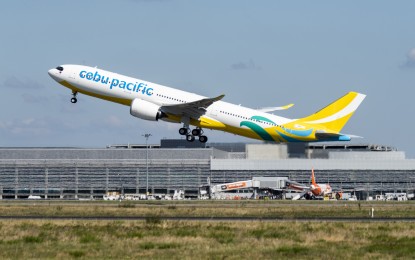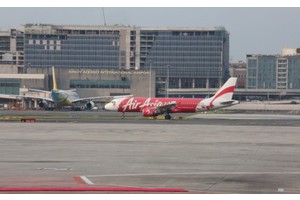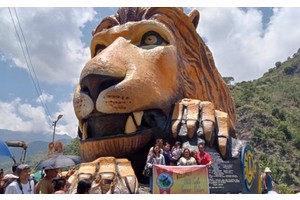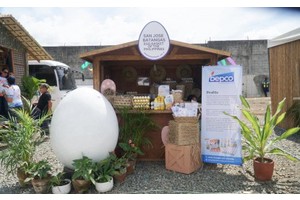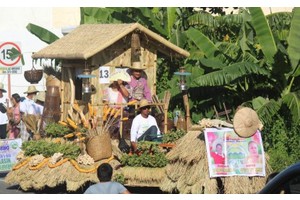Tourism remains key growth driver under Marcos admin
Tourism remains key growth driver under Marcos admin
By Joyce Ann L. Rocamora
Share
X (formerly Twitter) Viber Email
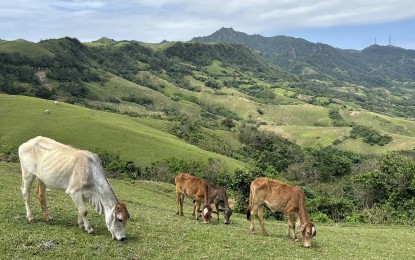
‘MARLBORO COUNTRY’. Cows graze at the Rakuh a Payaman, a communal pasture in Mahatao, Batanes. This ranch, also called Marlboro Country, has become a popular destination for travelers visiting the northern portion of Batan Island. (PNA photo by Joyce Rocamora)
MANILA – The Marcos administration recognized tourism as a vital pillar of the nation’s development, with the sector contributing 8.9 percent to the national economy and providing 6.75 million direct jobs to Filipinos.
In 2024, the country’s Tourism Direct Gross Value Added (TDGVA), an indicator that measures the value added of the tourism industry, rose to PHP2.35 trillion, or 11.2 percent higher than the PHP2.12 trillion recorded in 2023.
Days before President Ferdinand R. Marcos Jr.’s fourth State of the Nation Address (SONA), Tourism Secretary Christina Frasco underscored a “holistic approach” to tourism development.
“We are guided by a holistic approach to tourism development. One that balances economic opportunity, cultural integrity, and inclusive infrastructure,” she said during her July 16 speech in Cebu City.
In the past 12 months, Leechiu Property Consultants (LPC) Director for Hotels, Tourism, and Leisure Alfred Lay said strong domestic travel was able to buoy the industry amid the shortfalls in international arrivals in the country.
Domestic tourism expenditure in 2024 reached PHP3.16 trillion, surpassing the pre-pandemic level of PHP3.14 trillion in 2019.
International tourism expenditures, on the other hand, stood at PHP699 billion, up from PHP600 billion pre-pandemic levels, despite the country missing the 2024 arrival targets.
“Our domestic tourism is really strong and it's envied across the region how strong our domestic tourism market is," Lay said in a pre-SONA interview.
The country, he said, could build on this success and extend more marketing efforts to attract foreign travelers.
“We need to increase our budget given to the Department of Tourism to conduct these marketing efforts and promotion of the country. In the private sector, we need to craft better experiences,” he said.
On top of these, he said the country can further improve seamless travel for tourists and liberalize visa policies, especially for the Chinese, which remains one of the world’s largest outbound tourism markets.
In Asia alone, Lay said the Chinese make up 100 million of the about 200 to 250 million outbound tourists.
“We shouldn't necessarily concentrate on the short term, per se. We need to concentrate on the mid- to long-term. So, more effort in positioning the correct infrastructure in the right places, etc.,” he said.
Under the Marcos administration, the DOT had been diversifying the Philippines’ tourism offerings, including its medical and gastronomy tourism, to attract visitors from both key and emerging markets.
The Philippines, Frasco said, is eager to tap into the huge Muslim outbound tourists, which is projected to reach USD225 billion by 2028.
Last year alone, the Philippines received over 613,000 tourists from Muslim-majority countries, a 24 percent increase from the previous year.
Frasco said markets like Malaysia, Indonesia, Saudi Arabia, and the United Arab Emirates are showing “strong and sustained growth,” affirming the Philippines’ potential as a Muslim-friendly destination.
The government is also ramping up promotions in its top markets, including South Korea, to continue attracting its nationals to the country.
On top of developing tourism products, the government has also strengthened its partnership with stakeholders to strengthen air connectivity and expand access into the country.
“These are not isolated programs. They are part of a unified effort to ensure that the Philippines is not just beautiful or fun, but authentic, respectful, and competitive on the global stage,” Frasco said. (PNA)

DOT chief honors heroes, hails daily acts of service in tourism
August 25, 2025 4:57 pm

